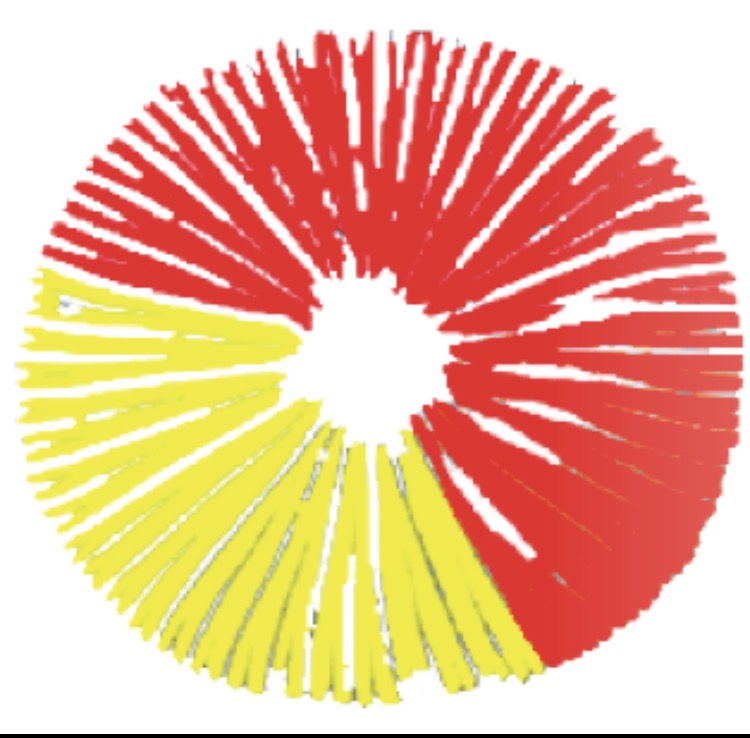4 Rare Mushroom Genetics Every Mycologist Should Know About
- Colorado CulturesLLC

- Sep 25
- 3 min read
Most people know the classics — Golden Teacher, B+, Blue Meanies, etc. But at Colorado Cultures, we love going beyond the basics. Our shelves feature rare and exotic genetics from all over the world, giving growers access to unique genetics that expand skills, yield new looks, and spark curiosity. Here’s a deep dive into four of some intriguing genetics we’re currently working with.

Why Rare Genetics Matter
Rare and exotic mushroom genetics are more than just eye-catching. They bring:
Unique Growth Traits – each genetic line has its own environmental preferences.
Visually Striking Fruiting Bodies – everything from coral-like blobs to vivid ochre caps.
Learning Opportunities – unusual genetics push you to become a more versatile cultivator.
Our Featured Rare & Exotic Genetics
MIB Pan Cyan (Panaeolus cyanescens)

This “Men in Black” hybrid combines several Panaeolus cyanescens genetics — PHV, BVI, and Nec’D — into one powerful package. Known for its small yet elegant fruits, intense blue bruising, and black spore print, MIB Pan Cyan is a favorite among experienced growers seeking something beyond Psilocybe cubensis.
Preferred Substrate: Dung or manure-based
Temperature: 75–85 °F (25–30 °C)
Humidity: 90–100% during fruiting
Why Grow It: Significantly more potent than typical cubes and a chance to master a more demanding genetic line
Enigma (Tidal Wave x PE Mutation)

Enigma is not your typical mushroom. This rare Psilocybe cubensis genetic mutation forms dense, coral-like masses of mycelium and fruiting tissue instead of traditional caps and stems. Because it doesn’t reliably produce spores, growers propagate Enigma from tissue cultures or clones.
Appearance: Brain-like clusters rather than classic mushrooms
Temperature: ~70–75 °F (21–24 °C)
Humidity: 85–90%
Why Grow It: One of the most visually striking and conversation-worthy genetics; a great challenge for mycologist ready to experiment
Belafonte (True Albino Teacher Mutation)

Belafonte is an exotic cube mutation gaining traction in the mycology community. Known for its vibrant blue and silver coloration and robust yields, it offers something different from mainstream varieties without an extreme learning curve.
Preferred Substrate: Standard cube substrates (manure or compost-based)
Cultivation: Similar to classic Psilocybe cubensis, but monitor cap development closely
Why Grow It: A unique cube with impressive yields and aesthetics, perfect for expanding your genetics library
P. Ochra (Psilocybe ochraceocentrata)

Formerly confused with Psilocybe natalensis, this newly clarified genetic line is the closest known wild relative of Psilocybe cubensis. Native to Southern Africa, it’s prized for its aggressive growth and striking ochre-toned caps.
Preferred Substrate: Dung-enriched soils or compost
Temperature: 74–80 °F (23–27 °C)
Humidity: 85–95%
Why Grow It: Newly recognized genetics, aggressive colonizer, and a must-have for anyone passionate about exotic mushroom genetics
Tips for Success with Rare Genetics
Start Small: Test each genetic line before scaling up.
Dial in Conditions: Exotic genetics can demand tighter control of humidity and temperature.
Use Premium Substrates: Rare genetics deserve the best — try Denver Dirt or Fungi Fuel to maximize performance.
Document Your Grows: Track conditions and outcomes so you can refine your technique.
Why Buy from Colorado Cultures
We’re not just a supplier — we’re a hub for education and support. Every genetic line in our catalog is carefully sourced and tested. When you order from Colorado Cultures, you also gain access to our team’s knowledge and guidance to help your grow succeed.
Final Thoughts
Exploring rare and exotic mushroom genetics is one of the most rewarding aspects of mycology. Whether you’re building your genetics library, challenging yourself as a mycologist, or simply fascinated by unique forms and colors, these genetics deliver.
Check out our latest genetics and substrate options at Colorado Cultures and discover genetics you’ve never heard of — until now.




Comments